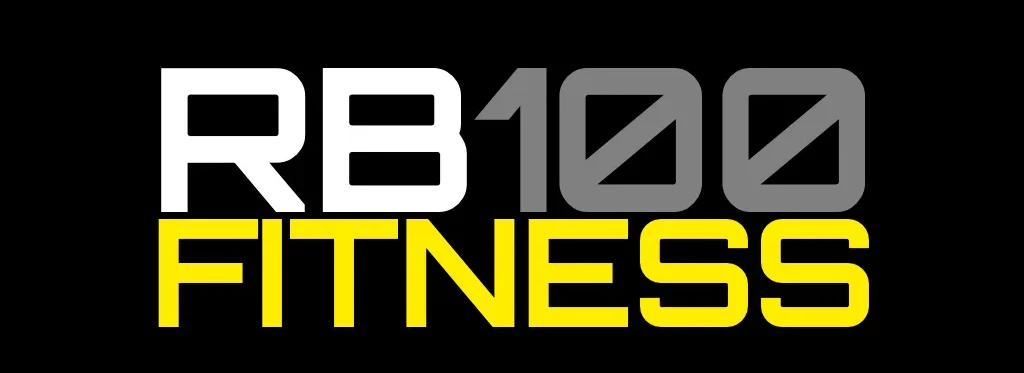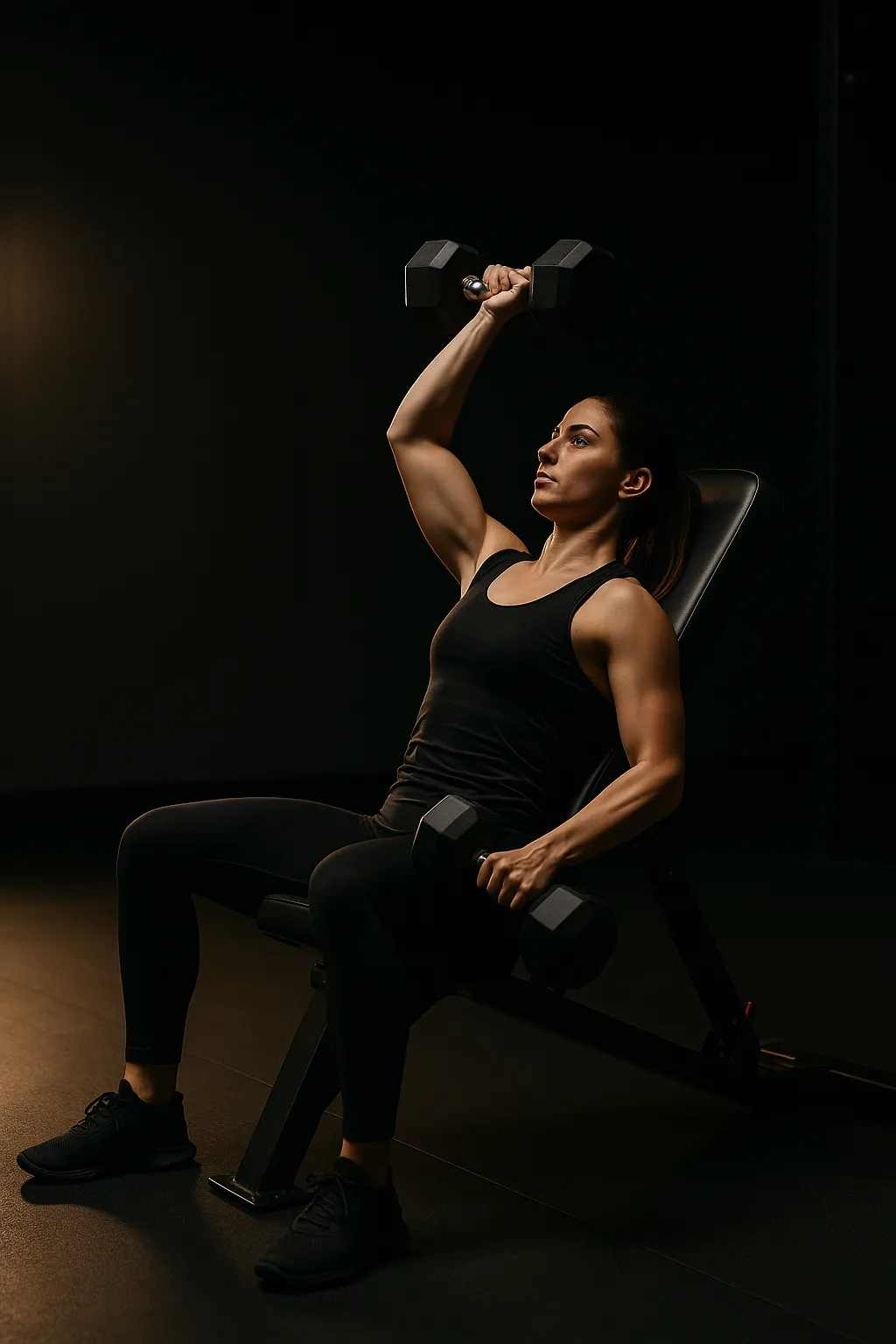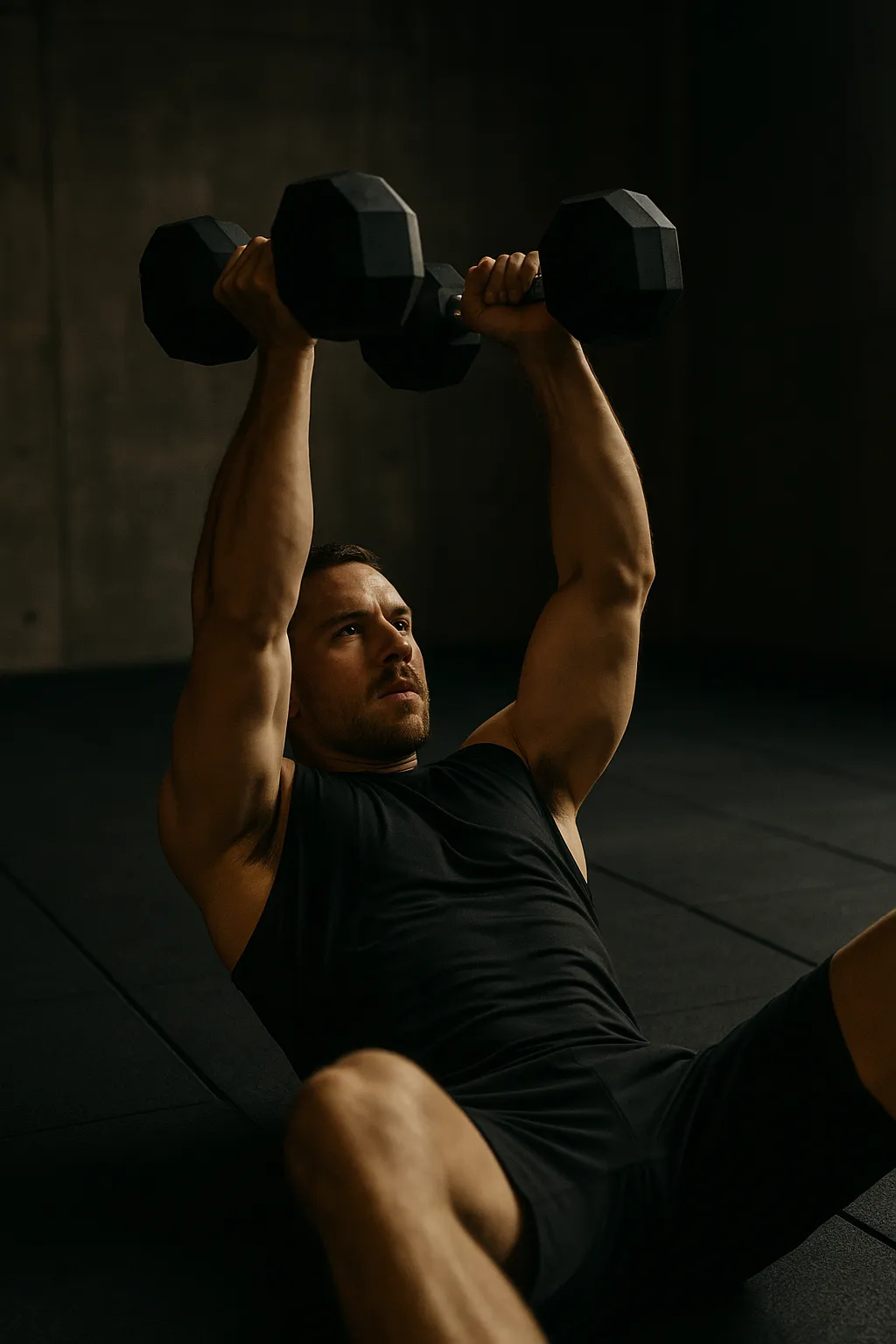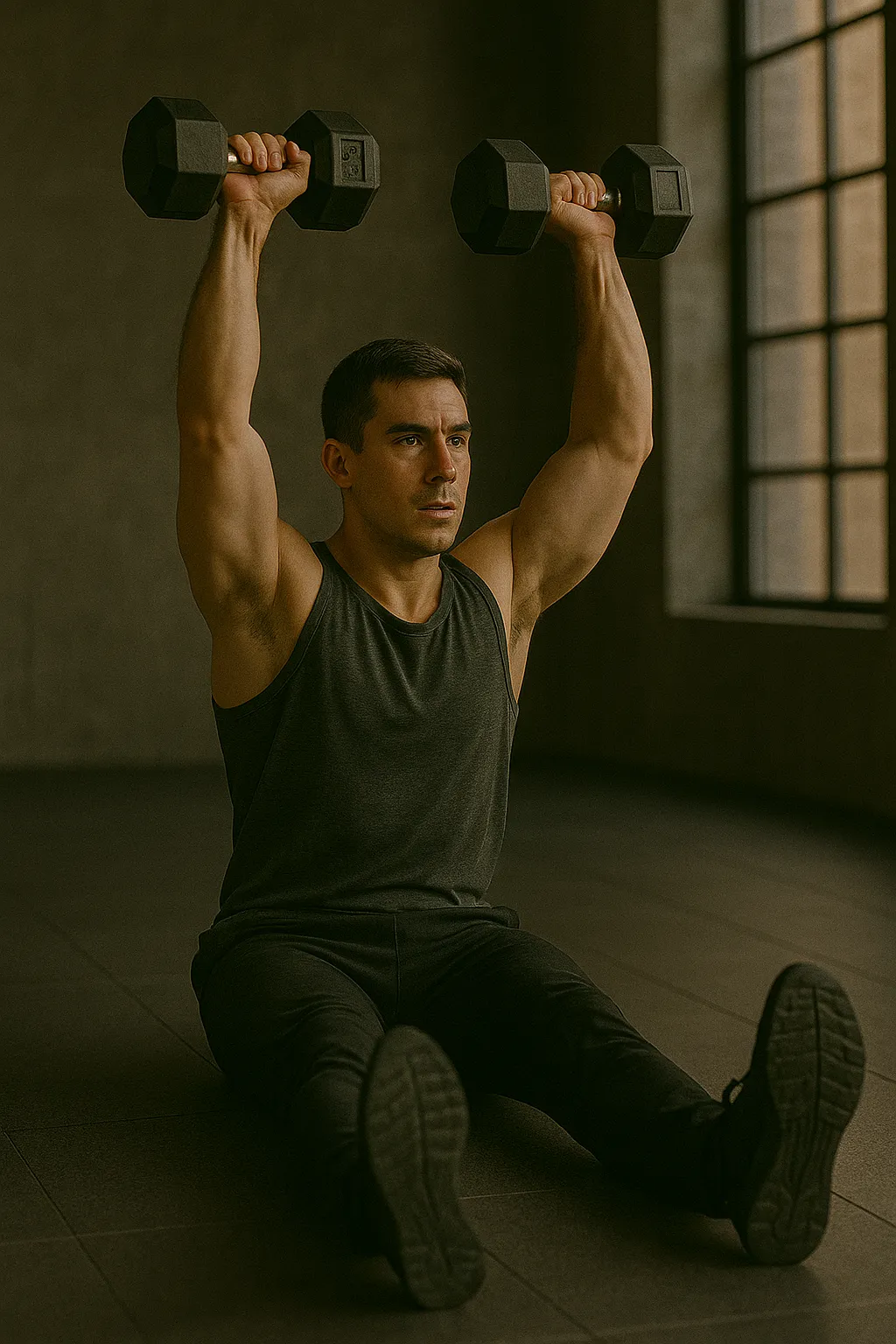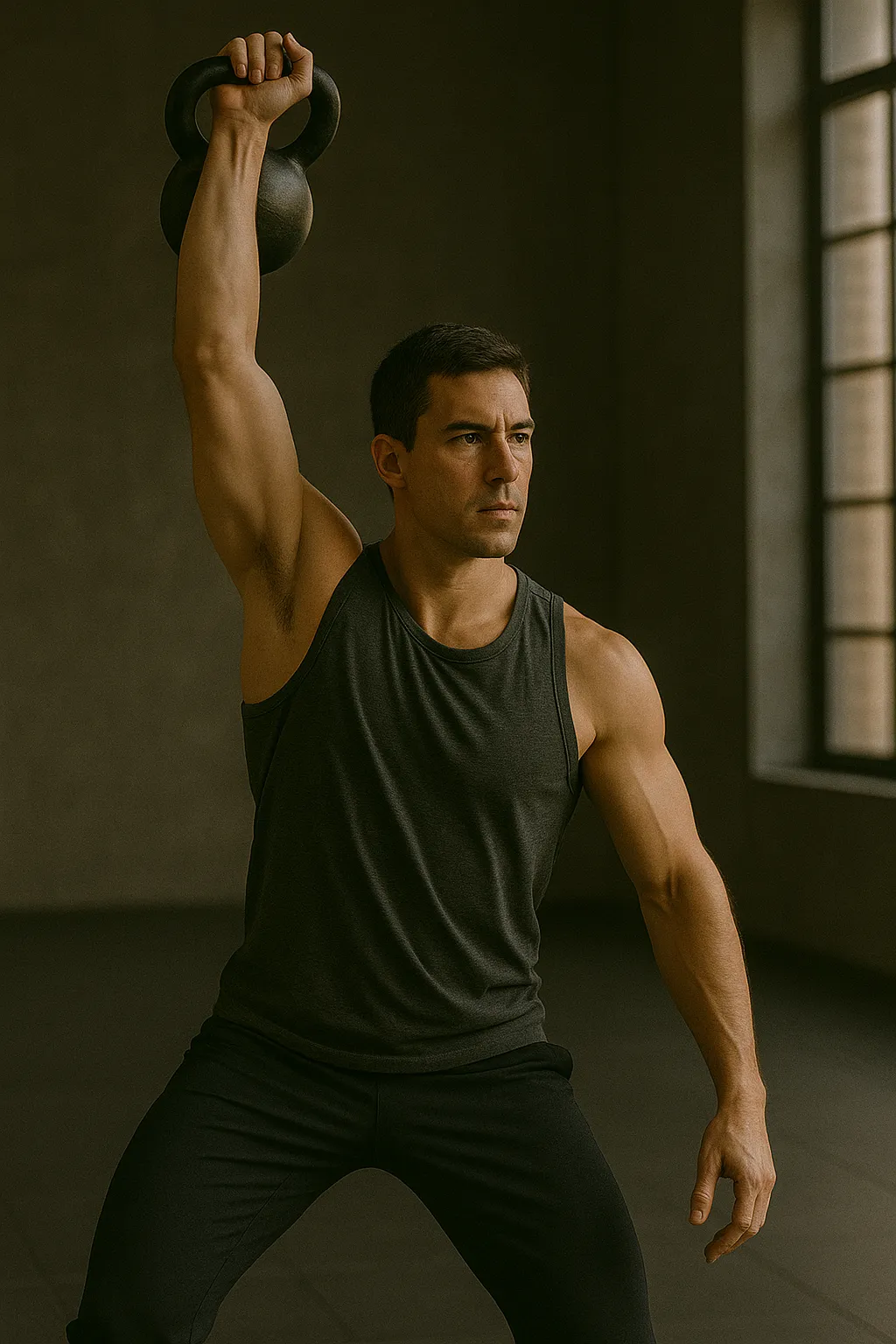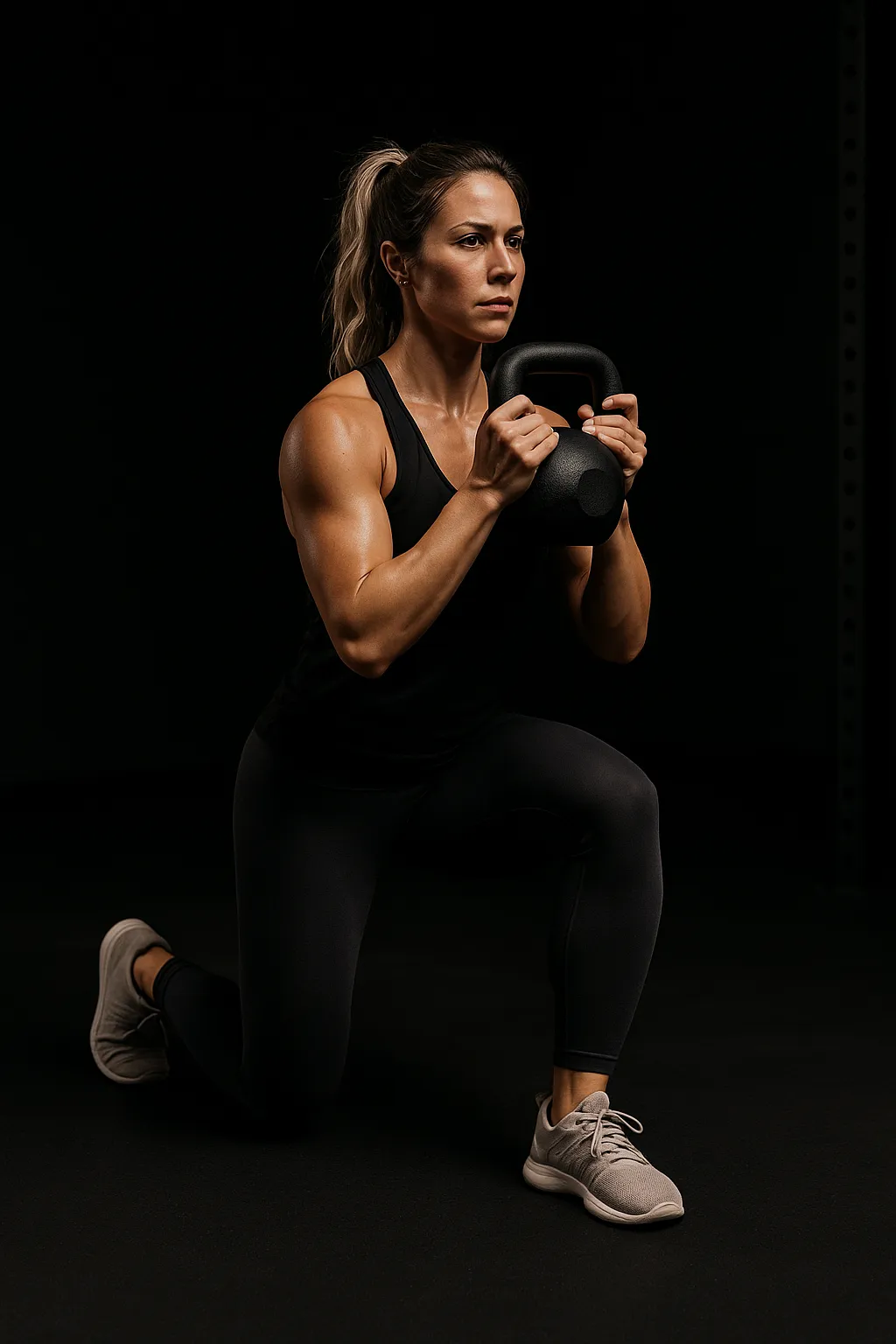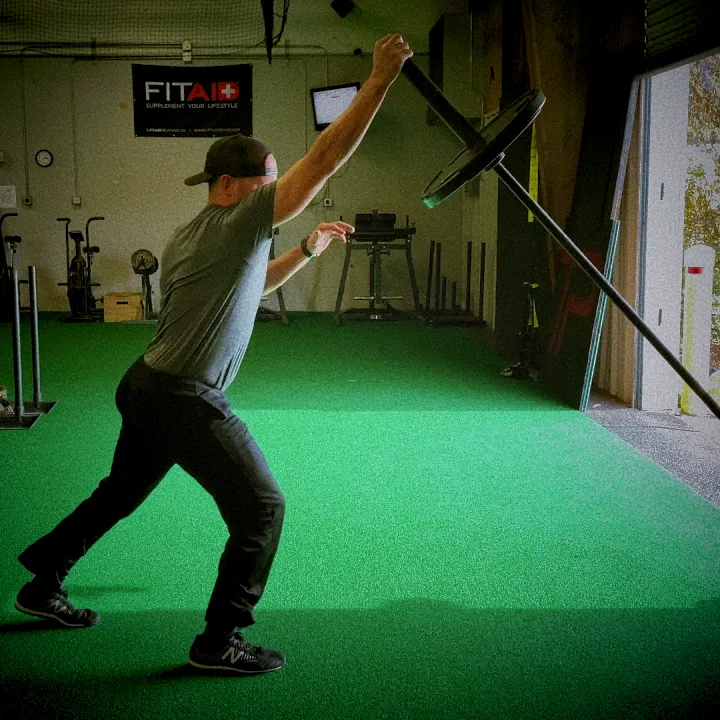Exercise Facts
| Movement Pattern | Core Stability, Push, Unilateral, Vertical |
|---|---|
| Muscle Group | Chest, Core, Shoulders, Triceps |
| Equipment | Barbell, Landmine Attachment, Weight Plates |
| Environment | Gym |
| Skill Level | Advanced, Intermediate |
| Series | Landmine Power Series |
Overview
The Landmine Press is a hybrid strength and stability exercise that develops pressing power through an angled movement path. Unlike a vertical barbell press, the landmine setup — with one end of the bar anchored to the floor — allows for natural shoulder mechanics and safer pressing angles.
Start by loading one end of a barbell into a landmine attachment or a secure corner. Hold the free end of the barbell with one hand at shoulder level, feet staggered, and core braced. Press the bar upward and slightly forward until the arm is fully extended, then lower with control.
The Landmine Press targets the shoulders, chest, triceps, and core, while also improving unilateral balance and anti-rotation stability. The angled motion encourages proper scapular movement and reduces shoulder stress, making it an excellent option for athletes recovering from overhead limitations.
In Relentless Bravery Fitness, the Landmine Press represents controlled aggression — a blend of strength and precision. It’s a movement that demands intent, balance, and timing while rewarding athletes with transferable upper-body power.
Common errors include leaning too far forward, losing tension in the core, or overextending the elbow. Cue “brace your ribs,” “drive through the shoulder,” and “control the return.”
Use this exercise for strength (4×8–10), stability (single-arm variations), or power (split-stance presses). In performance settings, the Landmine Press pairs well with rotational drills, push-pull supersets, and core stability work.
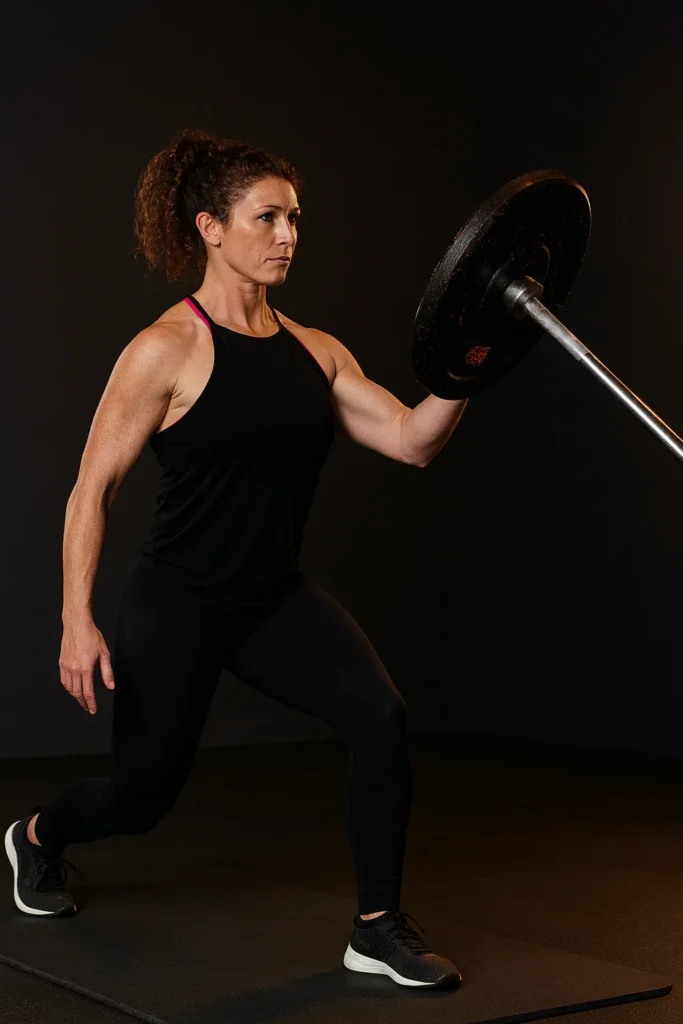
Setup (Steps)
Place one end of a barbell in a landmine or corner, hold the other at shoulder height.
Execution (Steps)
Press the bar up and forward, keeping core engaged, then lower under control.
Coaching Cues
“Brace ribs. Drive through shoulder. Control the return.”
Common Faults & Fixes
Overarching → tighten core. Poor path → align wrist and shoulder.
Programming Ideas
4×8–10 for strength; single-arm presses for stability.
Variations
Half-kneeling, split-stance, or double-arm press.
Regressions
Lighter load or bilateral press.
Standards & Competition Notes
Smooth motion, full extension, stable base.
Safety Notes
Maintain core tension; avoid shoulder shrug.
